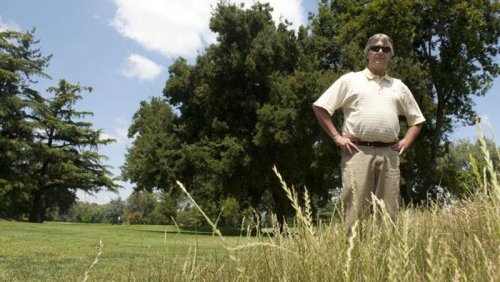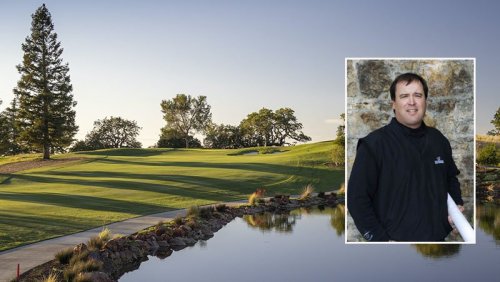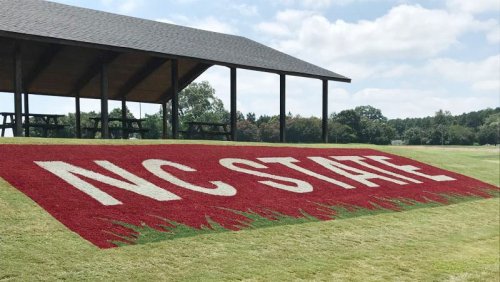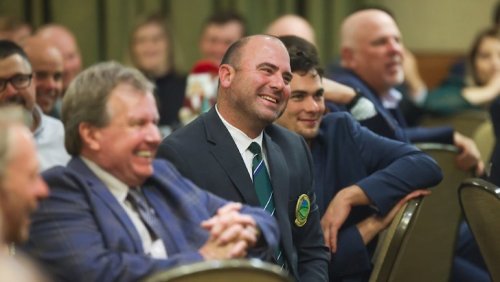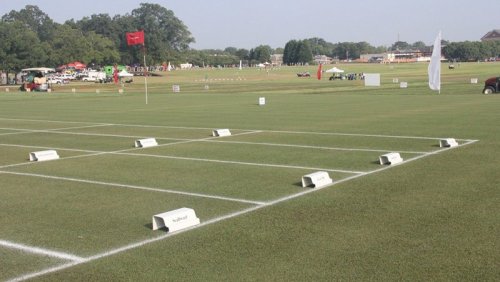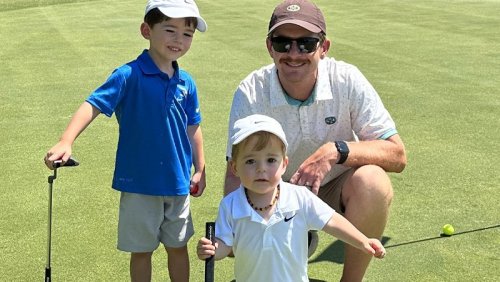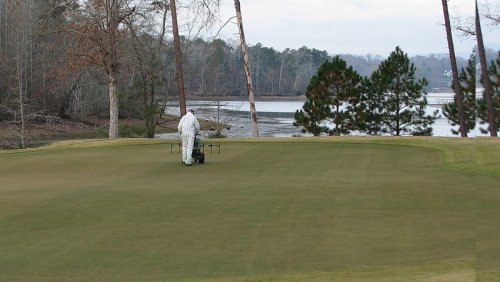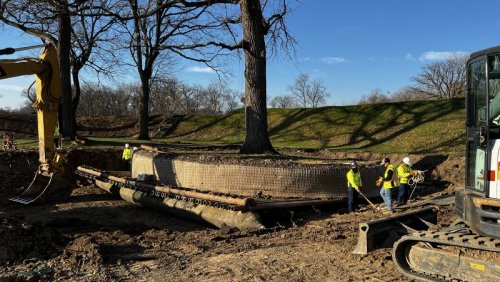
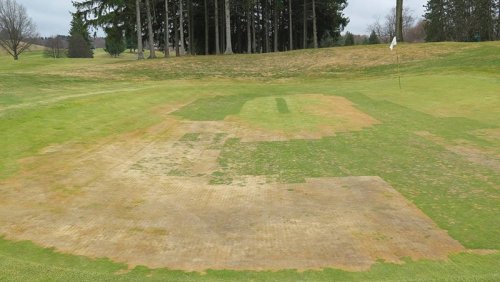
Snowfall totals this week in Cincinnati totaled more than 10 inches, and 7 inches of new snow were recorded in Washington, D.C., and more is on the way this week. However, the greatest threat to golf course turf might not be snow that fell throughout much of the country, but cold weather in areas where it did not. Some areas of the transition zone received several hours of freezing rain on top of the recent snow layer.
"I'm more worried about the cold and less worried about the snow," said turfgrass pathologist Wendell Hutchens, Ph.D., of the University of Arkansas. "I think we're getting some insulation from that layer of fluffy snow at the base. That should help some."
Sweeping in between snow events in much of the country was a blast of unseasonably low temperatures, even for early winter.
"This isn't an exact science, and we still don't have all the data on this," he said. "If this was December this would probably be a more serious issue, but turf has had six weeks to harden off for winter. The hope is we get some melt but not a refreeze, back to back to back."
Overnight temperatures dipped into the teens several days this week in Fayetteville, Arkansas, conditions that were duplicated throughout much of the country in areas where both warm- and cool-season grass are managed, such as Arkansas, Tennessee and North Carolina.
"I'm not worried about low 20s," Hutchens said. "If it gets to 10, 12, 13 degrees, then I'm more worried."
Winter damage often varies between sites on the same course and from one course to another in the same area. Variables like growing environment, soil conditions, grass species, traffic patterns, maintenance philosophies and other factors all can affect winter injury, according to the USGA.
Winter damage on cool-season turf, most notably Poa annua is most often associated with ice cover, while warm-season turf is susceptible to extreme low temperatures. A recent example of the dangers of extreme cold came in the form of a Christmas 2022 cold snap that caused havoc on golf courses throughout the transition zone and parts of the South.
The USGA recommends covering Bermuda greens when temperatures drop below 25 degrees Fahrenheit. Hutchens, who played a key role in a recent research project on winterkill on warm-season turf, said Bermuda probably can sustain temperatures more in the 17- or 18-degree range.
"But why risk it?" he said. "We have a lot of ultradwarf (Bermudagrass) greens here in Arkansas. They're going to have damage if they're not covered."
Hutchens suggests using permeable greens covers during sudden temperature drops and sustained periods of extreme cold.
Causes of winterkill in warm-season turf include:
extreme low temperatures sustained low temps that leads to carbohydrate exhaustion rapid temperature drop in late fall or early spring desiccation caused by too little soil moisture anoxia caused by too much soil moisture Fairways and rough-height turf should fare much better under the current circumstances.
"Zoysia fairways will be fine. Even Bermuda fairways should be fine," Hutchens said.
"I'm not worried about that unless we get a week straight of really cold weather. Fifteen degrees doesn't worry me, but 10 degrees does."
Whether this week's weather leads to any damage in warm-season turf remains to be seen.
"This is so hard to predict," Hutchens said. "If this is the only event we have and there is winterkill, then we'll be able to point to this week as the cause. If we have another snap in February or March then we won't be able to point to this single event. It's not super cold. If we have areas where there is no snow and it gets down to 5 or 10 degrees, then we'll have significant damage."
- Read more...
- 2,079 views


